Expansion of IoT Applications
The proliferation of Internet of Things (IoT) applications is significantly influencing the enterprise vsat market. As more devices become interconnected, the demand for robust communication networks that can support these applications is increasing. Enterprises are leveraging satellite technology to enable real-time data transmission from remote sensors and devices, which is crucial for industries such as agriculture, logistics, and environmental monitoring. The enterprise vsat market is expected to benefit from this trend, with an estimated growth rate of 12% in the coming years. This expansion is indicative of the market's adaptability to evolving technological landscapes and the increasing reliance on satellite communications for IoT solutions.
Rising Need for Remote Operations
The enterprise vsat market is experiencing a notable surge in demand due to the increasing need for remote operations across various sectors. Organizations are increasingly relying on satellite communications to maintain connectivity in remote locations where traditional infrastructure is lacking. This trend is particularly evident in industries such as oil and gas, mining, and agriculture, where operations often occur in isolated areas. The enterprise VSAT market is projected to grow at a CAGR of approximately 10% from 2025 to 2030, driven by this rising need for reliable communication solutions. As businesses seek to enhance operational efficiency and ensure seamless communication, the enterprise vsat market is likely to play a pivotal role in facilitating these remote operations.
Government Initiatives and Funding
Government initiatives aimed at enhancing communication infrastructure are playing a crucial role in the growth of the enterprise vsat market. Various federal and state programs are providing funding and support for satellite communication projects, particularly in underserved areas. These initiatives are designed to improve connectivity for businesses and communities, thereby fostering economic development. The enterprise vsat market stands to gain from these efforts, as increased funding is likely to lead to the deployment of more satellite systems. This trend is expected to contribute to a market growth rate of around 9% over the next few years, reflecting the positive impact of government involvement in the sector.
Growing Demand for High-Speed Data Services
The demand for high-speed data services is a significant driver of growth in the enterprise vsat market. As businesses increasingly rely on data-intensive applications, the need for faster and more reliable satellite communication solutions has become paramount. Enterprises are seeking to upgrade their existing systems to accommodate higher bandwidth requirements, which is leading to innovations in satellite technology. The enterprise vsat market is projected to expand at a rate of approximately 10% as companies invest in advanced satellite systems capable of delivering high-speed data services. This trend underscores the market's responsiveness to the evolving needs of businesses in a data-driven economy.
Increased Focus on Disaster Recovery Solutions
The enterprise VSAT market is witnessing a heightened focus on disaster recovery solutions. Organizations recognize the importance of maintaining communication during emergencies. Satellite communications offer a reliable alternative when terrestrial networks fail, making them essential for businesses in disaster-prone areas. Companies are increasingly investing in enterprise vsat systems to ensure business continuity and effective crisis management. This trend is likely to drive market growth, with projections indicating a potential increase of 11% in the enterprise vsat market over the next few years. The emphasis on disaster recovery highlights the critical role of satellite technology in safeguarding operations against unforeseen disruptions.


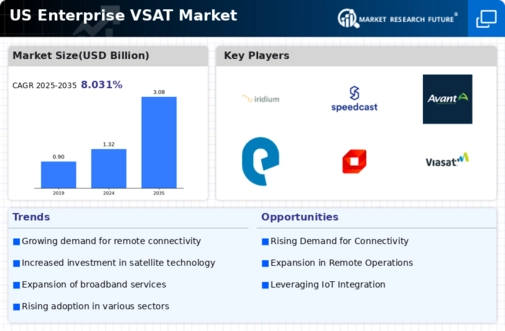
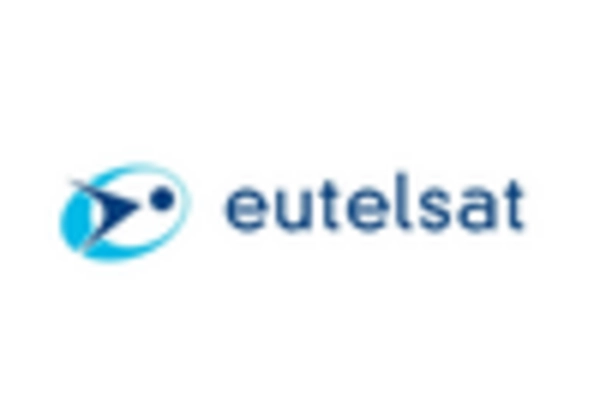
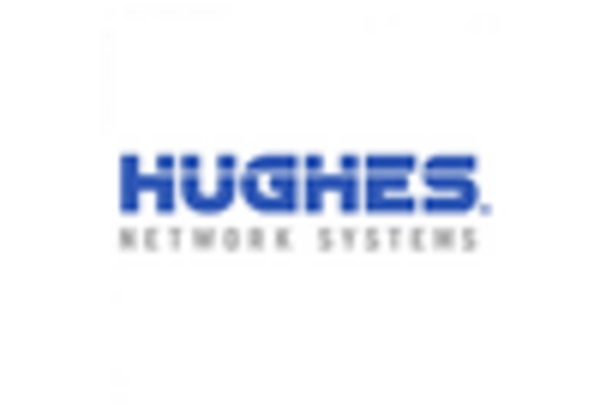

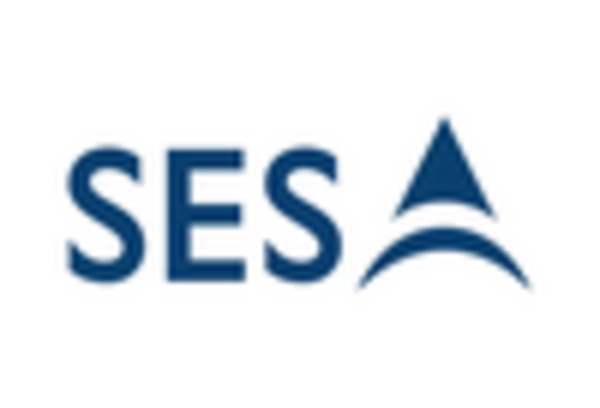

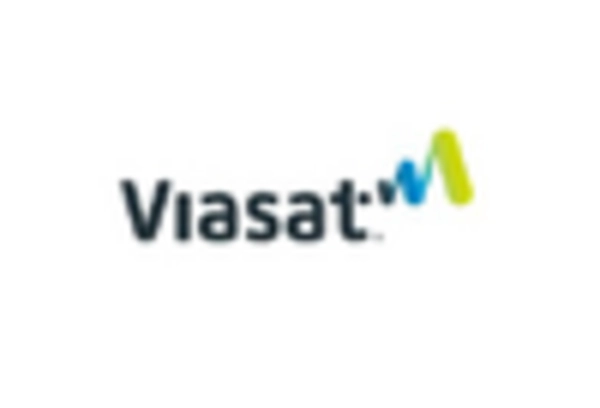








Leave a Comment